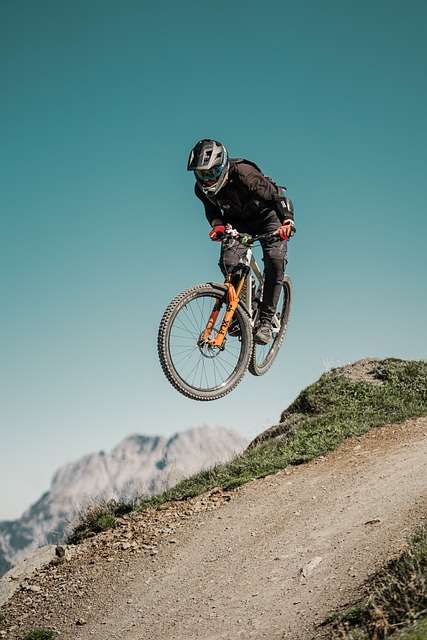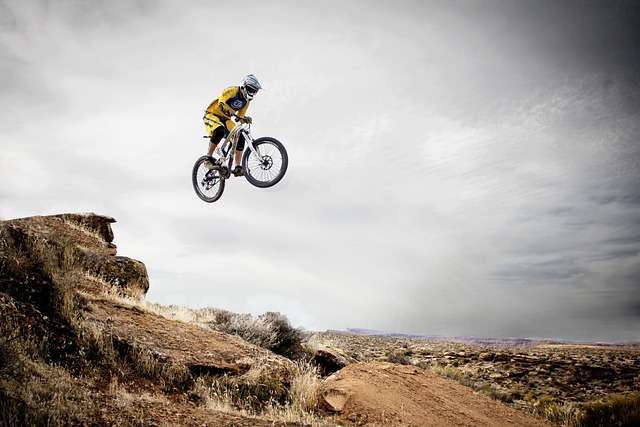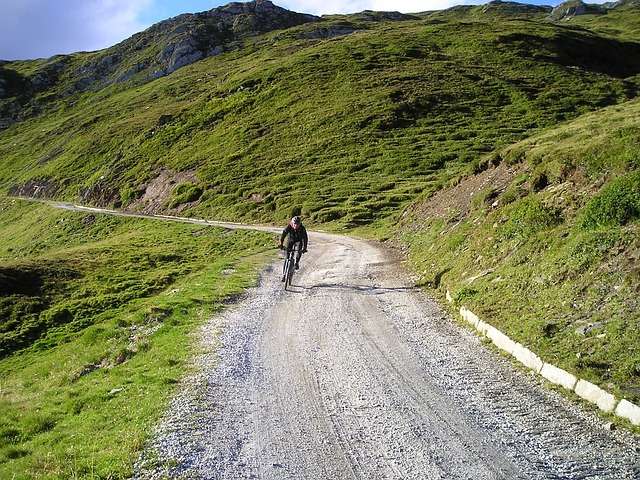
How fast moving bicycle can go downhill?
Introduction:
How fast a moving bicycle can go downhill is a thrilling and dynamic experience, a symphony of gravity, skill, and speed. In this exploration, we embark on an exhilarating journey into the factors that define the speed of a bicycle on downhill terrain. As riders surrender to the pull of gravity, potential energy transforms into kinetic energy, propelling them into an adrenaline-fueled descent. This comprehensive examination delves into the physics governing downhill speed, the impact of rider skill and bike design, safety considerations, and the evolving landscape of downhill cycling. Beyond the rush of speed, we unravel the essence of the descent—a harmonious blend of risk, mastery, and the sheer joy of navigating slopes with finesse. Join us as we navigate the twists and turns of downhill cycling, where the journey down a hill transcends mere velocity to become an art form in itself.
Explanation:
1. Gravity’s Role in Downhill Speed:
1.1. Understanding Gravity’s Influence:
Gravity is a fundamental force that propels a cyclist downhill. As the elevation decreases, gravity pulls the bike and rider towards the Earth, accelerating their descent.
1.2. Potential Energy to Kinetic Energy Conversion:
On a descent, potential energy gained from the elevated position transforms into kinetic energy. The steeper the slope, the more significant the acceleration, allowing cyclists to reach higher speeds.

2. Factors Influencing Downhill Speed:
2.1. Rider skill and confidence:
The speed at which a cyclist descends is influenced by individual skill and confidence. Experienced riders with a keen sense of control may navigate descents at higher speeds than those less familiar with the terrain.
2.2. Bike Design and Aerodynamics:
The design of the bicycle and the rider’s posture contribute to aerodynamics. Streamlined bikes and an aerodynamic riding position help reduce air resistance, allowing for faster descents.
2.3. Terrain and Road Conditions:
The quality of the road surface and the characteristics of the terrain impact downhill speeds. Smooth, well-maintained roads facilitate faster descents, while rough or uneven surfaces may necessitate caution.

3. The Physics of Downhill Cycling:
3.1. Speed and Air Resistance:
As a cyclist descends, air resistance becomes a significant force opposing the motion. Achieving higher speeds requires overcoming this resistance through aerodynamic positioning and minimizing frontal surface area.
3.2. Inertia and Centripetal Force:
Inertia, the tendency of an object to resist changes in its state of motion, comes into play during descents. Centripetal force, generated by the bike’s turning motion, allows cyclists to navigate curves while maintaining speed.
3.3. Braking and Control:
Managing speed on descents involves judicious use of brakes and maintaining control. Excessive braking can generate heat and reduce braking efficiency, while effective modulation allows for controlled speeds.
4. Safety Considerations:
4.1. Protective Gear:
Safety is paramount during downhill descents. Cyclists should wear appropriate protective gear, including helmets, gloves, and padded clothing, to mitigate the impact of potential falls.
4.2. Braking Techniques:
Skillful braking is crucial for managing speed. Cyclists should practice proper braking techniques, using both front and rear brakes judiciously to avoid skidding and maintain control.
4.3. Visibility and Awareness:
Clear visibility of the road ahead is essential for anticipating turns, obstacles, and changes in road conditions. Cyclists must maintain situational awareness to react promptly to any challenges.

5. Record-Breaking Descents:
5.1. Professional Cyclists and Speed Records:
Professional cyclists, seeking the ultimate thrill, often push the boundaries of downhill speed. Some have achieved remarkable speeds, with records exceeding 60 miles per hour (97 kilometers per hour) on treacherous descents.
5.2. Downhill Competitions:
Downhill cycling competitions showcase the prowess of riders in navigating steep descents with technical skill and speed. These events attract participants who excel in the art of descending swiftly while maintaining control.
6. Balancing Speed and Risk:
6.1. Risk Assessment:
Cyclists must assess the risk associated with downhill descents based on their skill level and familiarity with the terrain. Understanding personal limitations is crucial for making informed decisions.
6.2. Gradual Progression:
For those new to downhill cycling, a gradual progression in speed and difficulty is advisable. Starting on gentler descents allows cyclists to build confidence and skill before tackling steeper challenges.
Frequently Asked Questions (FAQs):
Q: How fast can a bicycle go downhill?
A: The speed of a bicycle descending a hill depends on various factors such as the steepness of the slope, rider’s skill, and aerodynamics. On average, experienced riders can reach speeds between 30 to 50 miles per hour (48 to 80 km/h) on a steep downhill descent.
Q: Is there a limit to how fast a bicycle can go downhill?
A: While there is no specific speed limit for bicycles, safety should be the top priority. Factors like road conditions, visibility, and the cyclist’s ability to control the bike become crucial. It’s advisable to adhere to local speed limits and exercise caution to prevent accidents.
Q: Can a cyclist break the speed of 50 miles per hour downhill?
A: Yes, some professional cyclists, especially during competitive events or specialized downhill races, can exceed speeds of 50 miles per hour. However, attempting such speeds requires advanced skills, proper equipment, and careful consideration of safety precautions.
Q: What role do aerodynamics play in downhill cycling speed?
A: Aerodynamics significantly influence downhill cycling speed. Riders can achieve higher speeds by adopting an aerodynamic position, such as crouching low over the handlebars to reduce wind resistance. Streamlined body posture helps cyclists maximize their potential speed while descending.
Q: Are there any safety tips for descending hills at high speeds?
A: Absolutely. Safety is paramount when descending hills rapidly. Ensure your bike is well-maintained, use quality brakes, and always wear appropriate safety gear. Maintain control, be aware of your surroundings, and avoid sudden maneuvers. Gradually build up to higher speeds as your skills and confidence increase.
Conclusion:
The art of downhill cycling encompasses a symphony of factors, from the forces of gravity and the thrill of speed to the physics governing control and the crucial balance between risk and reward. As cyclists descend with the wind in their hair, navigating twists and turns, the exhilaration is not merely in the velocity but in the mastery of the descent itself. Whether embracing the challenge of breaking speed records, competing in downhill events, or savoring the joy of a leisurely descent, the allure of downhill cycling remains an ever-evolving journey, enticing riders to explore new heights – and depths – of this captivating discipline.

